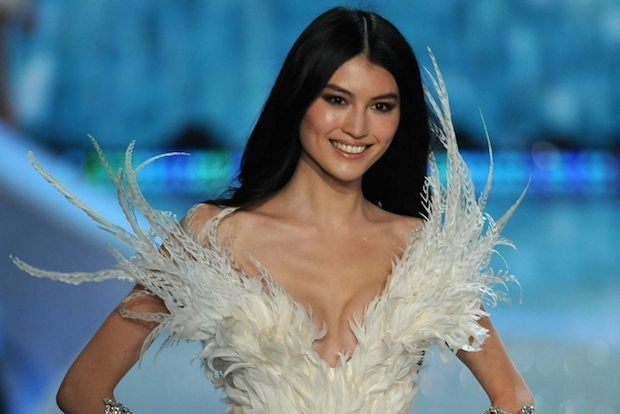
As China’s affluent consumers begin to care just as much about what they’re wearing under their clothes as what outfits they're wearing, lingerie brands from across the world are moving in on the market.
In October, London luxury lingerie brand Agent Provocateur opened its first standalone store in Hong Kong to join seven stores in mainland China, not long after Italian competitor La Perla opened its 14th China store in Hong Kong’s Causeway Bay.
At a time when China’s luxury market growth is slowing, lingerie sales are projected to grow by 18 percent this year. Luxury lingerie made up about one-third of $20 billion made in lingerie sales last year in China, according to Angelito Tan, the cofounder of RTG Consulting in a recent Women's Wear Daily interview. The article also notes that Agent Provocateur sales are up 30 percent in the brand’s Beijing store, while La Perla’s Asian sales are up 40 percent thanks in large part to Chinese shoppers.
The high-end brands moving in on the market are joined by more mid-range labels like Etam, a French label that recently opened its first China store at Shanghai’s Super Brand Mall, and Victoria’s Secret, which opened its first nine mainland China stores in January.
Lingerie labels are moving in on a market that’s growing in popularity as consumer interests expand beyond outwardly visible aspects of luxury, coinciding with a shift in tastes away from “bling” and flashy logos. Some are still cautious about the market, however—Victoria’s Secret is currently only selling beauty products and accessories in its China stores, which Torsten Stocker, a partner at A.T. Kearney, told Ad Age may be part of an attempt to research sizing preferences in the China market. "If you go in with a full-scale lingerie offering, women might buy it once and feel uncomfortable if it doesn't fit," he said, “and then it's very difficult to get back into the game if you have a reputation as a brand that looks glamorous but is not comfortable to wear."
With competition heating up, international lingerie companies have been increasingly prone to use Chinese models for their ad campaigns. The annual Victoria’s Secret Fashion Show now always has several Chinese models walking the runway. This year’s lineup included Sui He and Ming Xi, while past shows have included supermodel Liu Wen—who has also appeared in La Perla ads.
These brands face mounting competition from local market players as well. Chinese lingerie brand Aimer has succeeded to defy stereotypes that Chinese brands are "cheap" and charge $60 to $290 for bras, and has employed creative marketing campaigns such as a Valentine’s Day promotion that asked men at a Beijing mall to guess their girlfriend or wife’s bra size to win a free bra for them.
Although the Valentine's Day promotion was meant for couples, local brands like Aimer generally focus less on romance than international players like Victoria’s Secret. According to the brand’s marketing manager in an Ad Age interview, the brand’s name means “to love” in French but is positioned more around “family love, friends, and society” with a focus on comfort in addition to aesthetics.